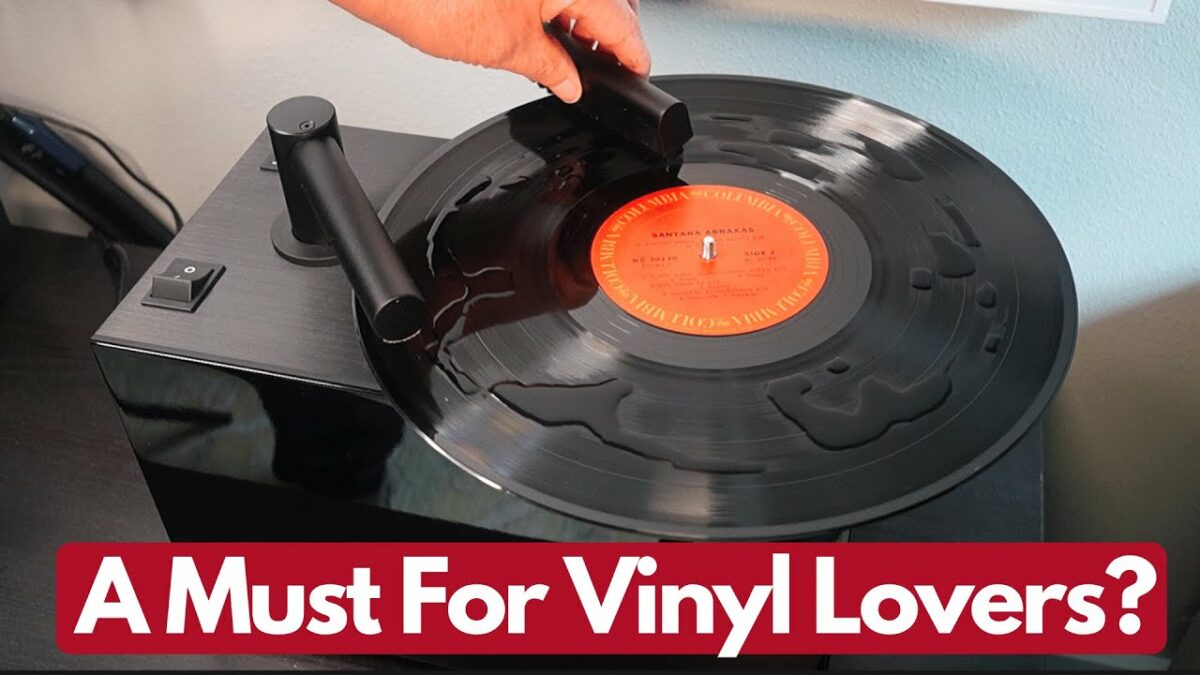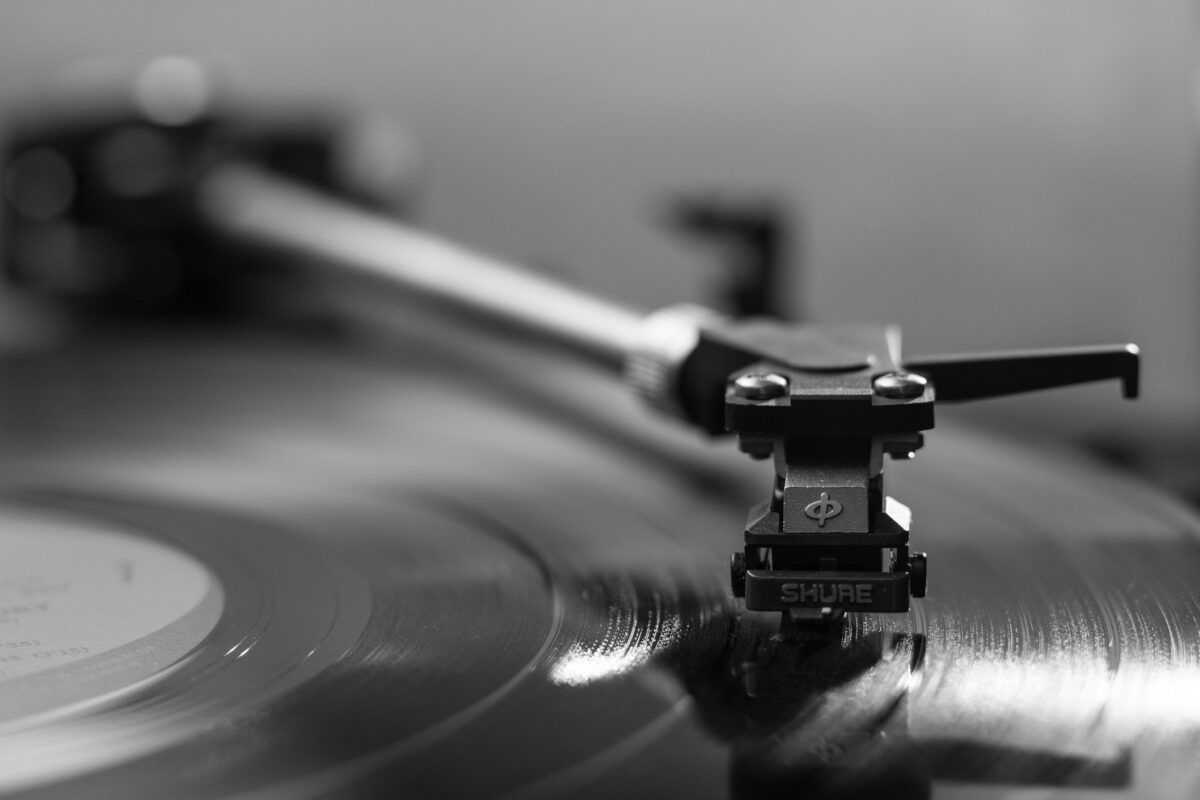
Is Balanced Connection Better than Unbalanced?
I received this e-mail from a reader, and thought I’d share his question and my answer.
Editor:
I am hoping you can clarify or comment on balanced vs unbalanced cabling. Many high-end designers, whom I respect, use balanced electronics in their construction. I have also read that balanced cabling is less sensitive to noise than its unbalanced counterpart. So why is it that so many recent good designs such as Nelson Pass’s integrated amp, Parasound’s JC-preamp, Ayre electronics and now Spectral electronics have only 1-2 balanced input ports? Your recent coverage of Spectral gear highlighted this when it was mentioned that the unbalanced port was preferred and indeed their CD player only has
unbalanced output. I know this is not due to cost saving effort so what gives? Thanks.
Sincerely,
Carmine Dalto
Robert Harley replies:
Whether using balanced interconnects is an advantage depends on the circuit topology of the products being connected.
Let’s take the first example of a CD player that creates a balanced signal by spitting the signal in the digital domain into the balanced connection’s “+” and “-” signals inside the CD player. The balanced digital signal is converted to analog by two DACs per channel and output from the CD player on balanced XLR connectors.
We then take that balanced signal and connect it to a preamplifier that is truly balanced. That is, it keeps the signal balanced from input to output. Such a preamplifier has four identical amplification stages, and the volume control has four elements (left +, left -, right +, right -). The preamplifier’s balanced output is then connected with balanced cables to a power amplifier, whose input circuitry is balanced.
This is the ideal situation, and in this case using balanced connection has advantages over unbalanced connection. These include the benefits of converting a balanced digital signal in the CD player to analog with two DACs per channel (lower noise, randomization of DAC non-linearity, for examples), as well balanced connection’s noise immunity.
Now, let’s look at another system in which using balanced connection would result in significantly inferior sound.
The CD player has balanced outputs on XLR jacks, but not dual-DACs per channel. The CD player creates the balanced signal by converting the unbalanced signal from the single DAC to balanced with a circuit called a “phase splitter.” The audio signal has just been subjected to an additional active stage, usually an op-amp.
The CD player’s balanced output is connected to a preamplifier that has balanced inputs. But the preamp is not truly balanced; it has just two amplifications stages, left and right. The preamp must therefore convert the incoming balanced signal to unbalanced with a circuit called a “differential amplifier.” The preamp amplifies and buffers the unbalanced signal, but then converts it back to balanced for output on its XLR jacks. It does this with a phase splitter, the same circuit used in the CD player to create a balanced signal from an unbalanced signal.
The preamp’s balanced output is then connected to the power amplifier’s balanced input. But the power amplifier’s input circuitry is inherently unbalanced, requiring that the balanced signal be converted back to unbalanced with yet another differential amplifier.
In the first case, we started out with a truly balanced signal that is theoretically superior to an unbalanced signal. The signal stayed balanced throughout the chain with no conversions, and enjoyed the noise immunity of balanced cables.
In the second case, the audio signal was subjected to four additional active amplifier stages (the CD player’s phase splitter, the preamp’s differential amplifier at the input and phase splitter at the output, and the power amplifier’s differential amplifier at its input), which will inevitably degrade the sound.
Needless to say, a truly balanced signal path from source to power amplifier is much more expensive; it requires double the circuitry.
Most unbalanced preamplifiers have a balanced input for compatibility with balanced-output components. If the preamp’s internal architecture is unbalanced, use the unbalanced connections.
The question “Is balanced connection better than unbalanced?” doesn’t have an easy answer.

By Robert Harley
My older brother Stephen introduced me to music when I was about 12 years old. Stephen was a prodigious musical talent (he went on to get a degree in Composition) who generously shared his records and passion for music with his little brother.
More articles from this editor





















